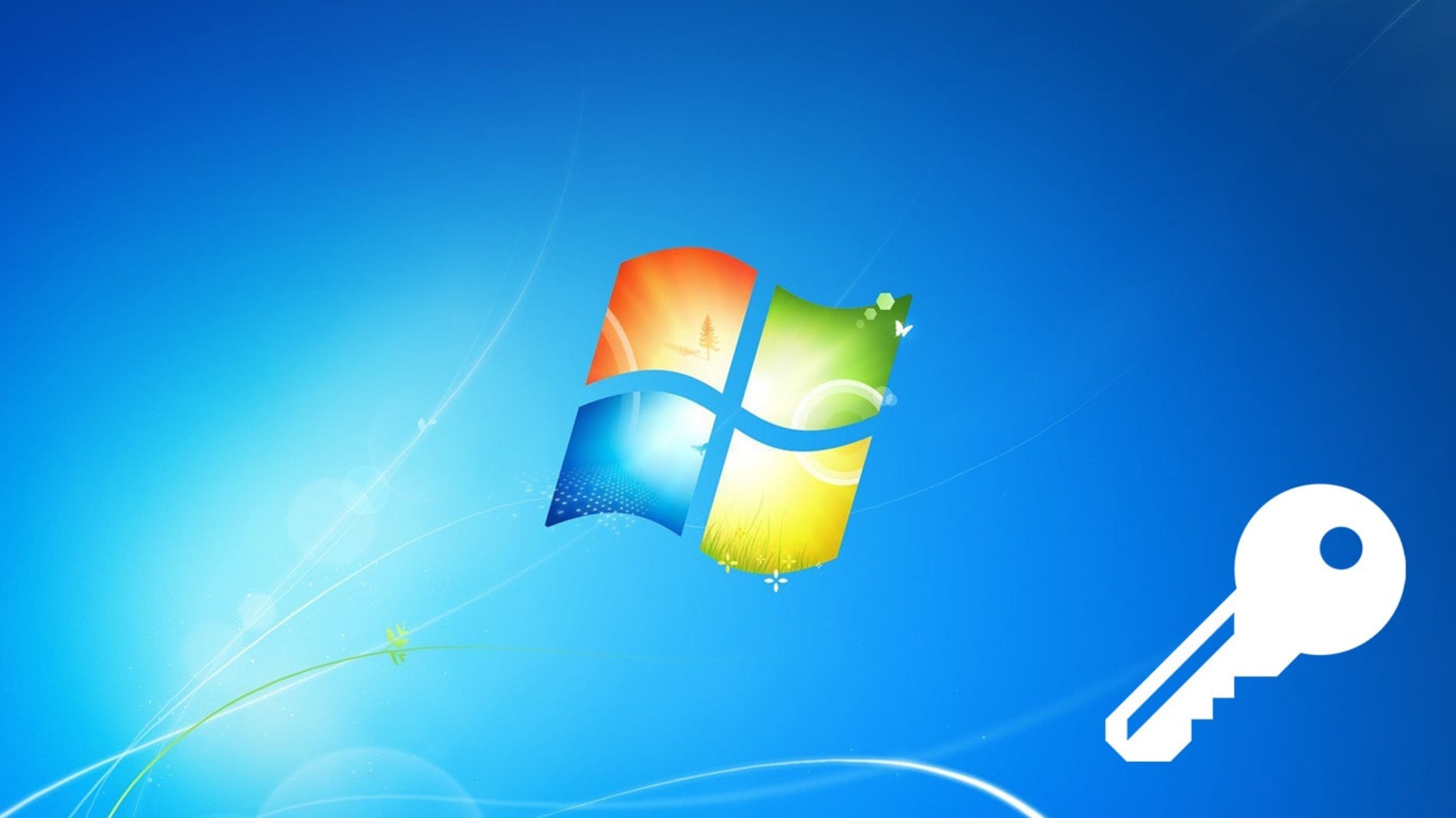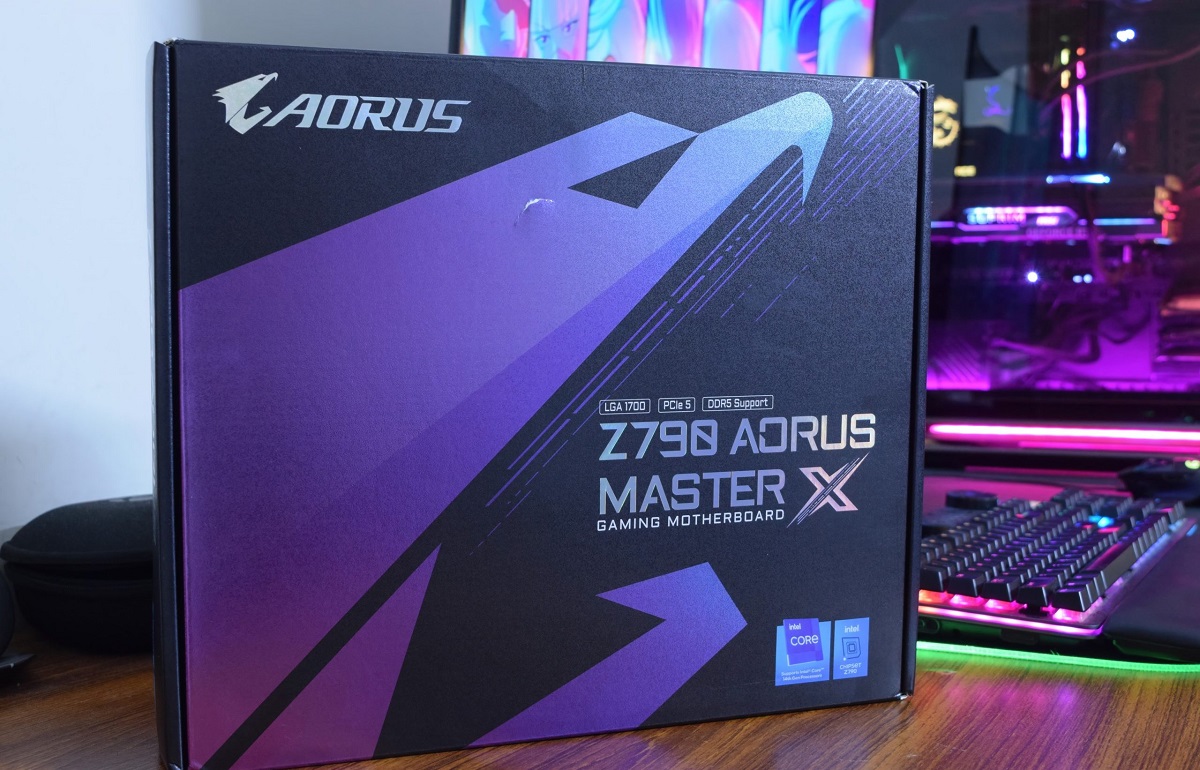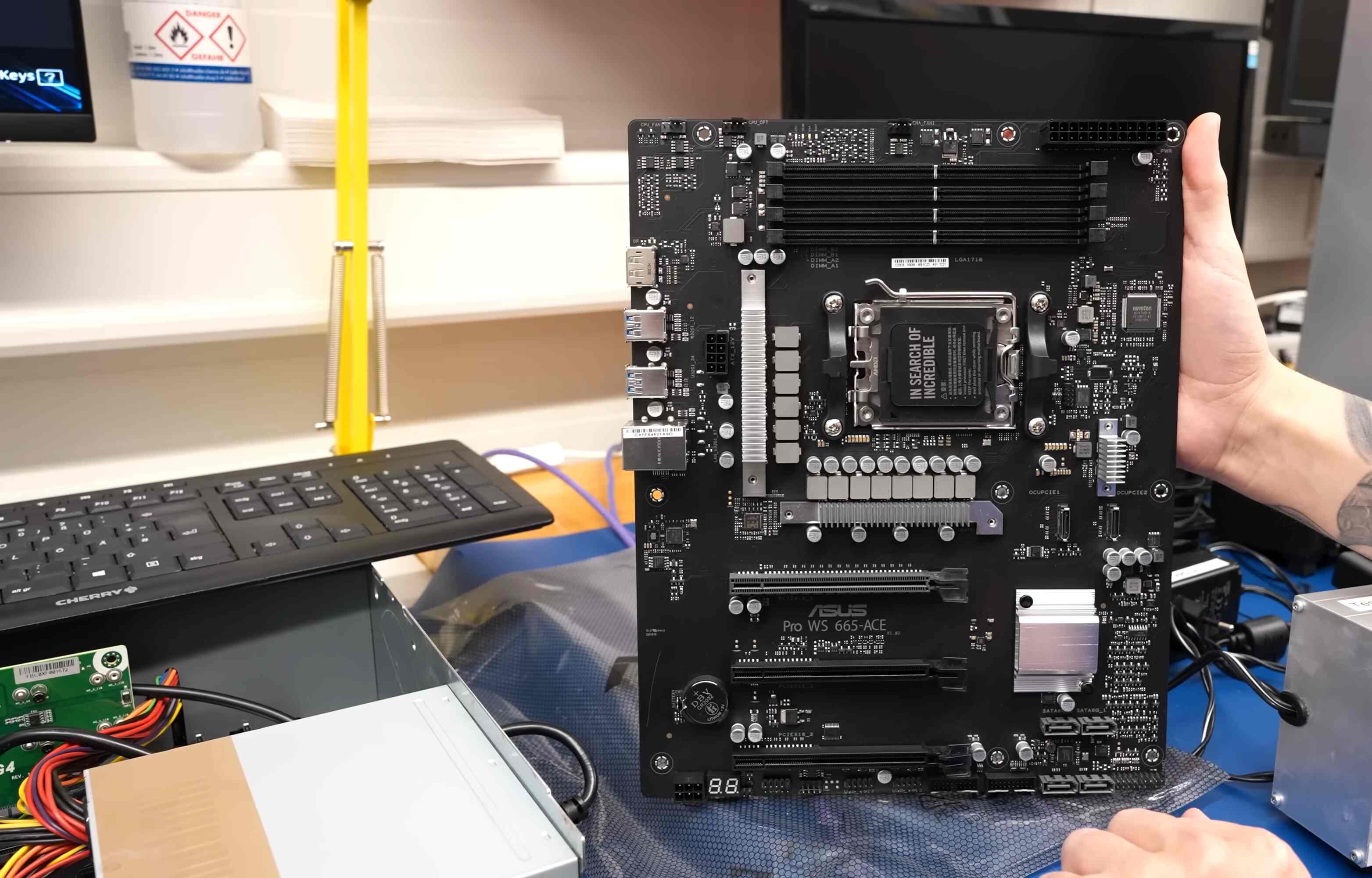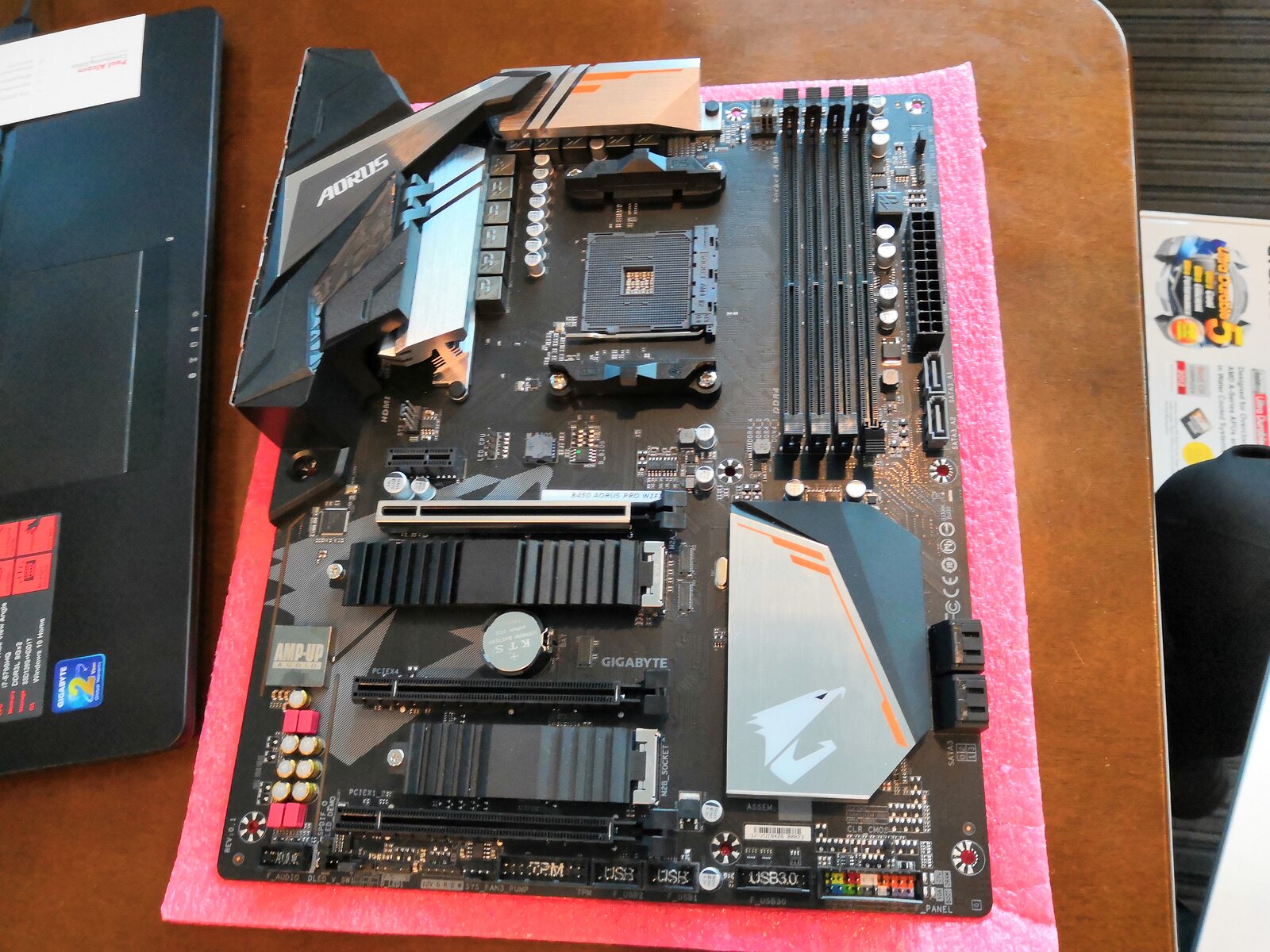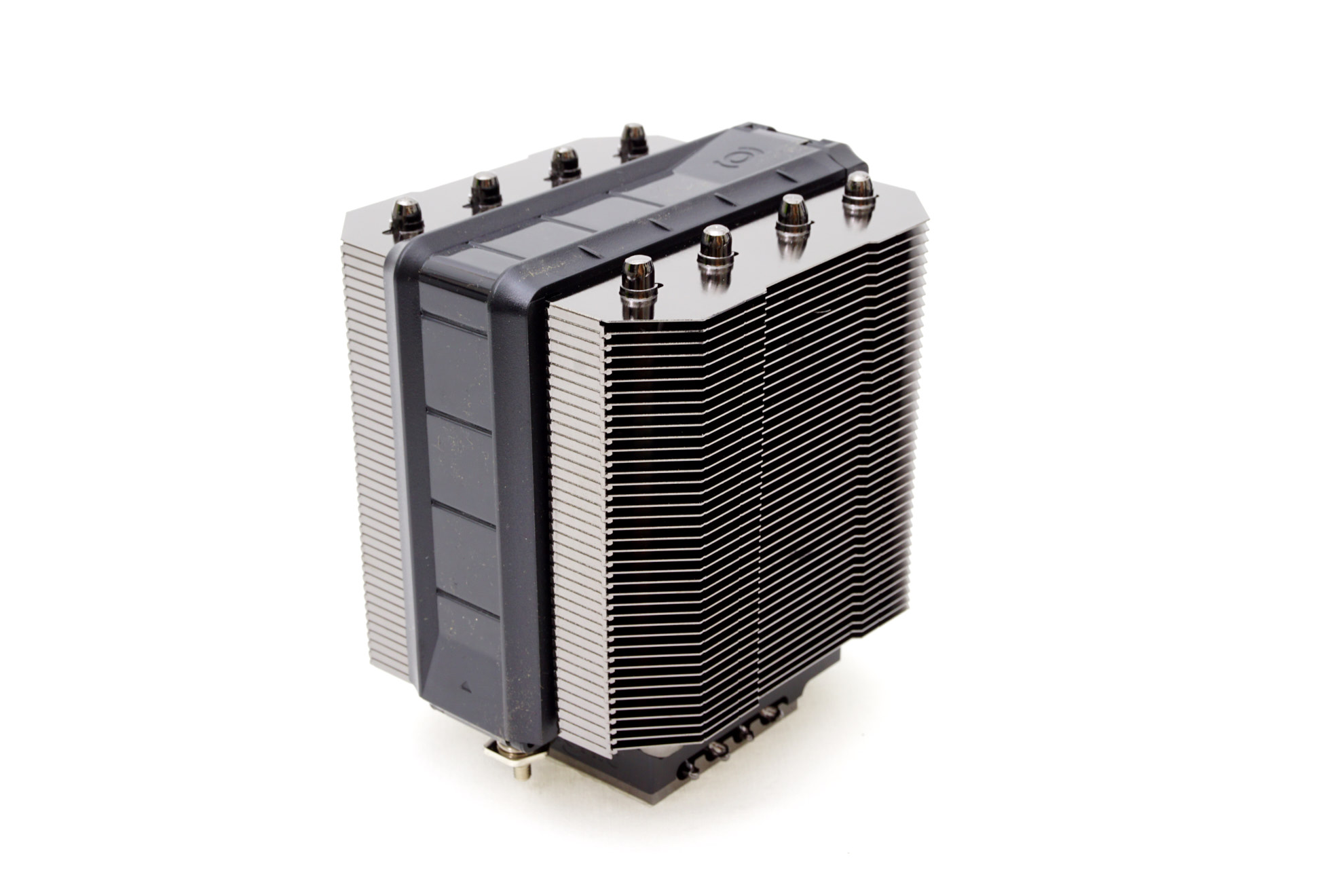Introduction
Welcome to the world of Windows NT Workstation 4.0! If you’re a computer enthusiast or a professional in need of a powerful operating system, you’ve come to the right place. In this article, we’ll explore the ins and outs of Windows NT Workstation 4.0 and discover why it was such a groundbreaking release in its time.
Windows NT Workstation 4.0, released in 1996, was a major milestone in the evolution of Microsoft’s operating systems. It was designed to cater to the needs of those who required a reliable and robust platform for intensive computing tasks. With its advanced features and enhanced compatibility, Windows NT Workstation 4.0 quickly gained popularity among professionals and power users.
Whether you’re a graphic designer, software developer, or simply someone who demands high-performance computing, Windows NT Workstation 4.0 provides a stable environment to unleash your productivity. With its multitasking capabilities and improved security measures, it offers a seamless user experience without compromising on performance.
In the following sections, we will delve into the features, system requirements, benefits, and installation process of Windows NT Workstation 4.0. We’ll also compare it to other operating systems to help you understand why it stood out from the crowd. Additionally, we’ll provide troubleshooting tips to assist you in resolving common issues that may arise during usage.
So, tighten your seatbelt as we embark on a journey to explore the powerful features and functionalities of Windows NT Workstation 4.0. By the end of this article, you’ll have a comprehensive understanding of why it became a preferred choice for professionals worldwide and how it paved the way for modern operating systems.
What is Windows NT Workstation 4.0?
Windows NT Workstation 4.0 is an operating system developed by Microsoft as part of its Windows NT family. It was specifically designed for business and professional users who required a stable and powerful platform for their computing needs. Unlike its consumer-oriented counterpart, Windows 95, Windows NT Workstation 4.0 was built with advanced features and security in mind.
One of the key aspects that set Windows NT Workstation 4.0 apart from other operating systems of its time was its strong focus on stability. It was based on a completely new architecture, offering a more robust infrastructure compared to previous Windows versions. This made it particularly suitable for demanding environments such as graphic design studios, engineering firms, and financial institutions.
Windows NT Workstation 4.0 boasted impressive features, including a preemptive multitasking system that allowed multiple applications to run simultaneously without slowing down the system. This was a game-changer for professionals who needed to work with resource-intensive software like CAD programs or video editing suites.
Another notable feature of Windows NT Workstation 4.0 was its enhanced security measures. It introduced user-level access control and file encryption, providing a higher level of protection for sensitive data. This made it an attractive choice for businesses that dealt with confidential information and needed to ensure the integrity of their data.
Furthermore, Windows NT Workstation 4.0 offered improved networking capabilities, making it easy to connect computers in a local area network (LAN) and share resources efficiently. It supported various networking protocols and provided powerful tools for network administration, making it an ideal choice for businesses with a networked computing environment.
Overall, Windows NT Workstation 4.0 was a significant step forward in the world of operating systems. It provided a stable and secure platform for professionals, enabling them to complete their tasks more efficiently. Its advanced features and robust architecture set it apart from other operating systems of its time and laid the foundation for the modern Windows operating system we use today.
Features of Windows NT Workstation 4.0
Windows NT Workstation 4.0 brought a host of impressive features and functionalities that catered to the needs of professionals and advanced users. Let’s take a closer look at some of its key features:
- Improved Performance: Windows NT Workstation 4.0 featured a preemptive multitasking system that allowed users to run multiple applications concurrently. This significantly improved productivity and efficiency, especially for resource-intensive tasks such as graphic design, software development, and 3D modeling.
- Enhanced Security: Security was a prime focus for Windows NT Workstation 4.0. It introduced user-level access control, which allowed administrators to define specific permissions for each user or group. Additionally, it offered file encryption to protect sensitive data from unauthorized access.
- Networking Capabilities: Windows NT Workstation 4.0 provided robust networking features, making it easy to connect computers in a local area network (LAN). It supported various networking protocols, including TCP/IP, NetBEUI, and IPX/SPX, enabling seamless communication and resource sharing among networked computers.
- Advanced File System: The NTFS (New Technology File System) introduced in Windows NT Workstation 4.0 offered improved reliability, performance, and security for storing and managing files. It supported features such as file compression, disk quotas, and file encryption, providing users with greater control over their data.
- Remote Access: Windows NT Workstation 4.0 allowed users to establish remote connections to their machines using protocols like Remote Desktop Protocol (RDP) or Virtual Network Computing (VNC). This feature proved invaluable for professionals who needed to access their workstations while on the go.
- Compatibility: Despite being a powerful and feature-rich operating system, Windows NT Workstation 4.0 boasted excellent backward compatibility with previous Windows applications. This ensured that users could continue using their existing software without compatibility issues.
These are just a few of the standout features that made Windows NT Workstation 4.0 an indispensable tool for professionals. Its performance, security, networking capabilities, advanced file system, remote access, and compatibility paved the way for a smooth and efficient computing experience, empowering users to tackle complex tasks with ease.
System Requirements for Windows NT Workstation 4.0
Before installing Windows NT Workstation 4.0, it’s important to ensure that your computer meets the system requirements to guarantee optimal performance. Here are the minimum and recommended system specifications for running Windows NT Workstation 4.0:
- Processor: A 486/66 MHz or higher processor is the minimum requirement for Windows NT Workstation 4.0. However, it is recommended to have a Pentium processor or equivalent for better performance.
- Memory (RAM): The minimum requirement for RAM is 32 MB, but for a smoother experience, Microsoft recommends having at least 64 MB or more.
- Hard Disk Space: Windows NT Workstation 4.0 requires a minimum of 110 MB of free disk space for installation. However, additional space is needed for applications, files, and updates.
- Graphics Card: A VGA or higher-resolution graphics card is required to run Windows NT Workstation 4.0. It is recommended to have a Super VGA (SVGA) graphics card for better display quality.
- CD-ROM Drive: An internal or external CD-ROM drive is needed to install Windows NT Workstation 4.0 from the installation CD.
- Networking: If you plan to connect your computer to a network, you will need a network interface card (NIC) compatible with Windows NT and the appropriate network cables.
- Input Devices: A mouse or other pointing device is essential for navigating the Windows NT Workstation 4.0 interface effectively.
It’s important to note that these are the minimum requirements. Depending on your specific needs and desired performance, it is advisable to have higher specifications, such as a faster processor, more RAM, and additional hard disk space.
Also, make sure to check for any specific hardware or software compatibility requirements for any applications or peripherals you intend to use with Windows NT Workstation 4.0.
By ensuring that your computer meets the system requirements, you can ensure a smooth installation process and optimize the performance of Windows NT Workstation 4.0 on your machine.
Benefits of Windows NT Workstation 4.0
Windows NT Workstation 4.0 offered numerous benefits that made it a preferred choice for professionals and advanced users. Let’s explore some of the key advantages of using Windows NT Workstation 4.0:
- Stability: Windows NT Workstation 4.0 was renowned for its stability and reliability. It provided a solid foundation for running resource-intensive applications without crashes or performance issues, ensuring uninterrupted productivity.
- Advanced Security: With its user-level access control and file encryption features, Windows NT Workstation 4.0 offered improved security for sensitive data. This made it particularly appealing for businesses and professionals who needed to safeguard their confidential information.
- Seamless Networking: Windows NT Workstation 4.0 excelled in networking capabilities, allowing users to easily connect their computers in a local area network (LAN) and share resources. This facilitated collaboration and efficient file sharing among team members.
- Enhanced Performance: The preemptive multitasking system of Windows NT Workstation 4.0 allowed users to run multiple applications simultaneously without experiencing slowdowns. This increased productivity and efficiency, especially for tasks requiring heavy computing power.
- Compatibility: Windows NT Workstation 4.0 maintained excellent backward compatibility with earlier Windows applications. This meant that professionals and businesses could continue using their existing software and tools without compatibility issues or the need for costly upgrades.
- Support for High-end Hardware: Windows NT Workstation 4.0 was designed to take advantage of the latest hardware technologies, allowing users to harness the power of advanced processors, graphics cards, and memory configurations. This made it an ideal choice for demanding tasks like graphic design, multimedia editing, and software development.
- Remote Access: Windows NT Workstation 4.0 provided remote access capabilities, enabling users to connect to their workstations from remote locations. This was particularly valuable for professionals who needed to access their files, applications, or resources while away from the office.
These benefits collectively made Windows NT Workstation 4.0 a reliable and powerful operating system. Its stability, advanced security measures, seamless networking, enhanced performance, compatibility, support for high-end hardware, and remote access capabilities brought a new level of efficiency and productivity to professionals and businesses.
Comparison with other Operating Systems
Windows NT Workstation 4.0 was released during a time when several other operating systems were in competition. Let’s compare it with some of the popular operating systems of that era:
- Windows 95: While Windows 95 was geared towards consumer use, Windows NT Workstation 4.0 was designed for professionals and advanced users. Unlike Windows 95, Windows NT Workstation 4.0 offered enhanced stability, advanced security features, and better performance for resource-intensive tasks.
- Windows 98: Windows 98 was an upgrade to Windows 95 and shared many similarities. However, Windows NT Workstation 4.0 surpassed Windows 98 in terms of stability, security, and multitasking capabilities. It was the preferred choice for professionals who needed a reliable and secure platform.
- Mac OS 8: Mac OS 8 was the operating system for Apple Macintosh computers. While Mac OS 8 provided a user-friendly interface and gained popularity among graphic designers and creative professionals, Windows NT Workstation 4.0 excelled in terms of networking capabilities, compatibility, and support for a wider range of hardware and software options.
When compared to its competitors, Windows NT Workstation 4.0 stood out with its robust performance and advanced features tailored for professional use. It offered a stable and secure platform for businesses and individuals who required powerful computing capabilities and seamless networking. Its compatibility with a wide range of hardware and software made it a versatile choice for various industries.
Over time, Windows NT Workstation 4.0 evolved into newer versions, such as Windows 2000, Windows XP, and beyond, providing even more advanced features and improved compatibility. However, the foundational strengths and innovations introduced in Windows NT Workstation 4.0 laid the groundwork for the success of subsequent Windows operating systems.
Overall, Windows NT Workstation 4.0 demonstrated its superiority over competing operating systems of its time, offering advanced features, stability, security, and enhanced performance that catered specifically to the needs of professionals and advanced users.
How to Install Windows NT Workstation 4.0
Installing Windows NT Workstation 4.0 on your computer is a relatively straightforward process. Here is a step-by-step guide to help you through the installation:
- Prepare for Installation: Make sure you have the Windows NT Workstation 4.0 installation CD and a valid product key. Back up any important data on your computer before proceeding.
- Boot from the Installation CD: Insert the Windows NT Workstation 4.0 installation CD into your CD-ROM drive and restart your computer. Configure the BIOS settings to boot from the CD-ROM drive. The computer will then boot into the installation program.
- Start the Installation: The Windows NT 4.0 Setup program will launch. Press Enter to begin the installation process. Read and accept the licensing agreement when prompted.
- Partition and Format the Hard Drive: Select the hard drive where you want to install Windows NT Workstation 4.0. You can choose to create a new partition or use an existing one. Format the selected partition using the NTFS file system.
- Copy Necessary Files: The installation program will copy the necessary files to the hard drive. This process may take a few minutes.
- Configure Regional Settings: Select your preferred regional settings, such as language, time zone, and date format.
- Provide Network Configuration: If your computer is connected to a network, configure the network settings by specifying the network domain, workgroup, or computer name.
- Create Administrator Account: Set up an administrator account by providing a username and password. This account will have administrative privileges for managing the Windows NT Workstation 4.0 system.
- Finalize the Installation: Review the installation summary and confirm the settings. The installation program will complete the installation process, and your computer will restart.
- Complete the Setup: After the restart, Windows NT Workstation 4.0 will perform the final configuration. Follow the on-screen prompts to customize additional settings, such as display resolution and network connections.
Once the setup process is complete, you will have Windows NT Workstation 4.0 installed on your computer. You can now start exploring its features, installing software, and customizing it according to your needs.
Remember to install the necessary drivers for your hardware devices and keep your system updated with the latest service packs and security patches to ensure optimal performance and security.
Troubleshooting Common Issues
While Windows NT Workstation 4.0 was known for its stability, there may be occasional issues that users may encounter. Here are some common problems that may occur during the usage of Windows NT Workstation 4.0 and troubleshooting steps to resolve them:
1. Blue Screen of Death (BSOD): If you encounter a blue screen error, commonly known as the BSOD, it could be due to hardware or software conflicts. Restart your computer and try booting in Safe Mode. Uninstall recently installed software or hardware drivers that may be causing the issue.
2. Application Compatibility Issues: Some older software may not be compatible with Windows NT Workstation 4.0. Try running the software in compatibility mode or check for updates or patches from the software manufacturer. If all else fails, consider using virtualization software to run the software in a compatible environment.
3. Network Connectivity Problems: If you’re facing networking issues, double-check the network cables and ensure that all network devices are properly connected. Update the network drivers and make sure the network settings, such as IP address and subnet mask, are configured correctly.
4. Slow Performance: If your system is running slowly, check for any background processes that may be consuming excessive resources. Close unnecessary applications and perform regular maintenance tasks like disk cleanup and defragmentation. Adding more RAM or upgrading to a faster hard drive can also improve performance.
5. Device Driver Issues: If you’re experiencing hardware-related issues, such as non-functioning devices or hardware conflicts, ensure that you have the latest drivers installed. Visit the manufacturer’s website and download the appropriate drivers for your hardware.
6. Disk Space Issues: If you’re running low on disk space, consider removing unnecessary files and applications. Use the built-in Disk Cleanup tool to remove temporary files and empty the recycle bin. Alternatively, consider adding more storage space to your system.
7. System Update Problems: If you’re having trouble installing updates or service packs, ensure that you have sufficient disk space and administrative privileges. If the issue persists, manually download the updates from the Microsoft website and install them.
If you encounter any other issues that are not covered here, consult the Windows NT Workstation 4.0 documentation or seek support from online forums or Microsoft’s support website.
Remember to regularly backup your important data and maintain a clean and optimized system to minimize the occurrence of common issues and ensure a smooth experience with Windows NT Workstation 4.0.
Conclusion
Windows NT Workstation 4.0 was a groundbreaking operating system that revolutionized the professional computing landscape. With its advanced features, stability, and security, it became the go-to choice for professionals and advanced users who demanded a robust and reliable platform.
Throughout this article, we explored the key elements of Windows NT Workstation 4.0. We discussed its innovative features, including its multitasking capabilities, enhanced security measures, networking capabilities, advanced file system, compatibility, and support for high-end hardware. These features combined to provide professionals with a powerful and efficient computing environment.
Furthermore, we compared Windows NT Workstation 4.0 to other operating systems of its time, highlighting its strengths and advantages. In comparison to consumer-oriented operating systems like Windows 95 and Windows 98, Windows NT Workstation 4.0 excelled in stability, security, and performance, making it the preferred choice for professionals.
We also provided guidance on installing Windows NT Workstation 4.0, along with troubleshooting common issues that users may encounter. By following the installation steps and implementing the troubleshooting tips, users can ensure a smooth and optimal experience with Windows NT Workstation 4.0.
In conclusion, Windows NT Workstation 4.0 was a significant milestone in the evolution of operating systems, delivering advanced features and stability for professionals. It laid the foundation for future versions of Windows and remains a testament to Microsoft’s commitment to meeting the needs of demanding users.
So, whether you’re a software developer, graphic designer, or any professional seeking a reliable and powerful operating system, Windows NT Workstation 4.0 is an excellent choice to fulfill your computing needs and boost your productivity.









